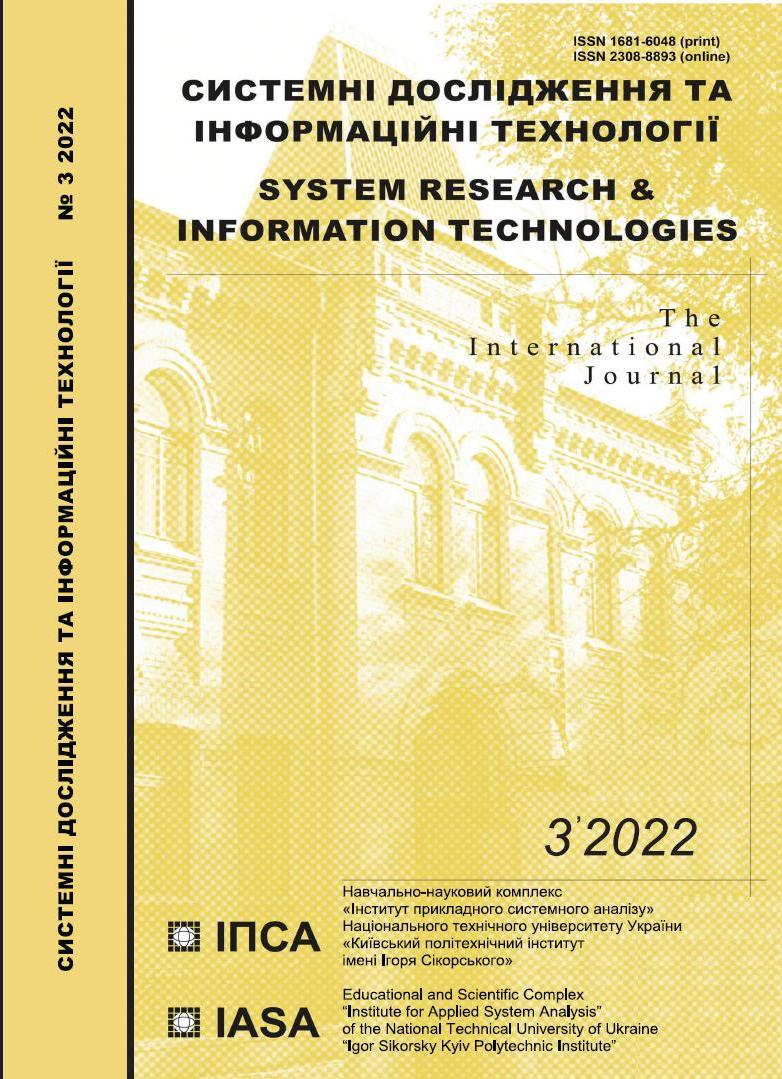Superconducting gravimeters based on advanced nanomaterials and quantum neural network
DOI:
https://doi.org/10.20535/SRIT.2308-8893.2022.3.02Keywords:
magnetic suspension, laser interferometer, optical fiber, displacement measurement, quantum neural networkAbstract
The paper is focused on a new concept of a cryogenic-optical sensor intended for use in the space industry, geodynamics, and fundamental experiments. The basis of the sensor is a magnetic suspension with a levitating test body, a high-precision optical recorder of mechanical coordinates of the levitating body, and a signal-processing system. A Michelson-type interferometer with a laser diode and a single-mode optical fiber was used to measure the test body's displacements. The coordination of the laser diode coherence length and the difference in the interferometer optical lengths of the arms made it possible to eliminate coherent noise caused by interference from spurious reflections. The minimum recorded shift of the test body was 0.1 nm. The design of the sensor and the mathematical model of the superconducting suspension dynamics are presented. The results of experimental studies of a magnetic suspension together with an optical interferometric displacement sensor having a subnanometer sensitivity are shown.
References
W.A. Prothero and J.M. Goodkind, “A superconducting gravimeter,” Rev. Sci. Instr., vol. 39, pp. 1257–1261, 1968.
J.M. Goodkind and R.J. Warburton, “Superconductivity applied to gravimetry,” IEEE Trans. on Magn., vol. 11, iss. 2, 1975.
J.M. Goodkind, “The superconducting gravimeter,” Rev. Sci. Instrum., vol. 70, no. 11, pp. 4131–4152, 1999.
F.C. Moon, Superconducting Levitation: Application to bearings and magnetic transportation. NY: John Willey & Sons, 1994, 295 p.
S. Kruchinin, Modern Aspect of Superconductivity: Theory of Superconductivity. World Scientic, 2010, 232 p.
V. Kozoriz, Novel Magnetic Levitation and Propulsion Phenomena. Zaporizhya, 1999, 271 p.
V. Yatsenko and P. Pardalos, “Global optimization of cryogenic-optical sensor,” in Sensors, Systems, and Next-Generation Satellites, Proc. SPIE, 4550, pp. 433–441, 2001.
V. Yatsenko, “Functional structure of cryogenic optical sensor and mathematical modeling of signal,” SPIE Conference ‘Optical Science and Technologies’, 3 8 August 2003, San Diego, CA, USA, Proc. of SPIE, vol. 5172.

